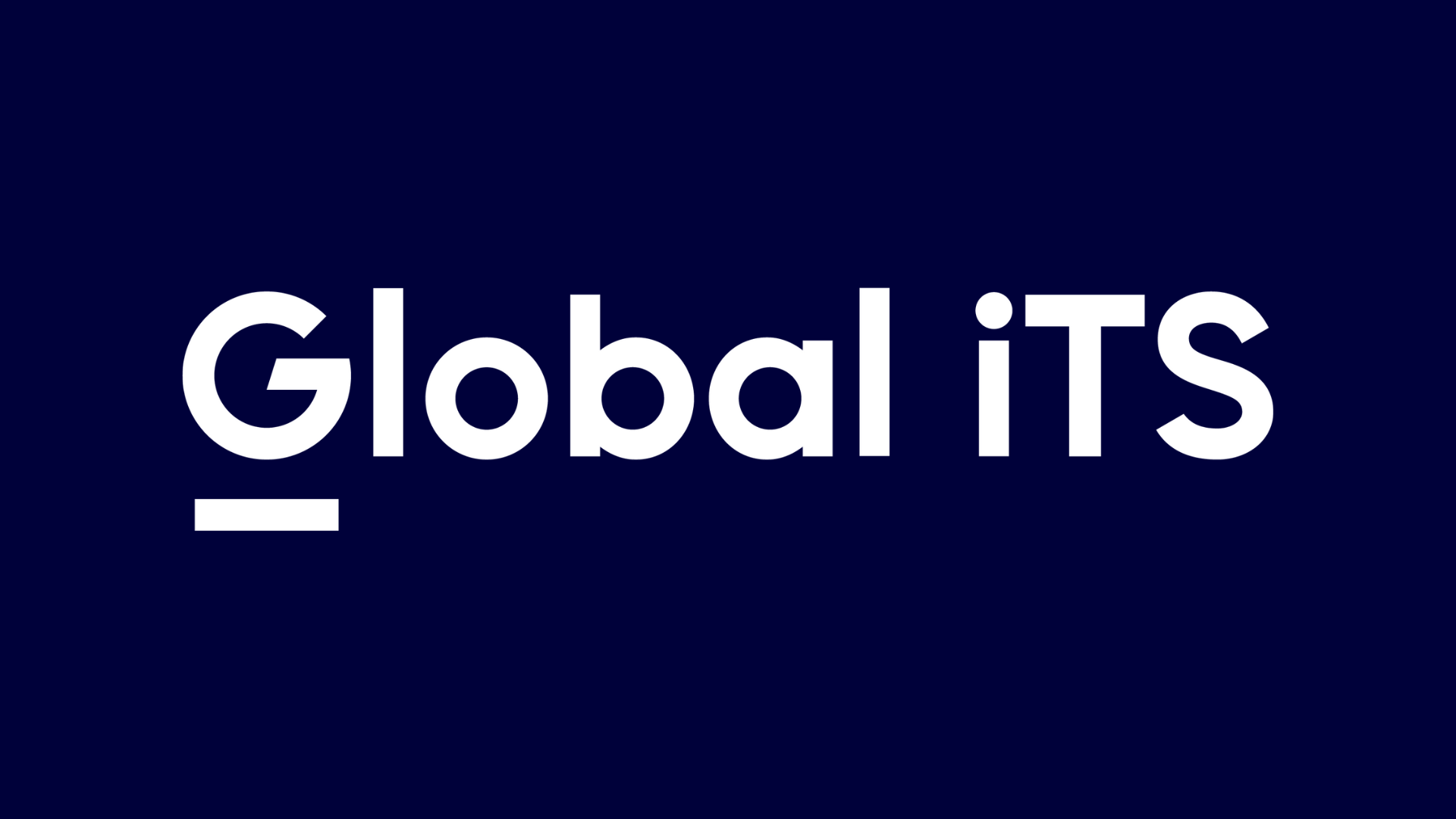End-to-end intelligent automation for all
The robotic process automation (RPA) capability in Microsoft Power Automate, called UI flows, is available now. With RPA, Power Automate continues to strengthen its ability to provide organizations with an intelligent cloud-based automation platform that combines RPA with API-based automation, infused with AI. All these capabilities are available in a low-code platform that natively integrates with Microsoft Power Platform, Microsoft Office 365, Microsoft Dynamics 365, and Microsoft Azure.
Automation is not an island
Organizations deploy many different tools to help optimize their businesses and this myriad of tools often impedes efficiency. Thus, organizations are constantly looking for simpler ways to scale, while streamlining the number of applications and services required to do their work. For organizations to reap the benefits of automation, it cannot be an island. To this end, we have invested heavily in building native integration across Azure, Microsoft Power Platform, Office 365, and Dynamics 365 and offer over 300 connectors to many of the world’s most widely used applications. Additionally, with the launch of RPA, Power Automate removes the gap between applications that have modern APIs and those that do not. Power Automate is designed to connect your entire IT environment with one seamless automation platform.
- Accelerating low-code automation with Microsoft Power Platform: Microsoft Power Platform’s simple and intuitive interface supports access for citizen developers to build sophisticated apps, chats, dashboards, data entities, and AI models, all without a line of code. All these artifacts can trigger automation (API or RPA) with pre-designed integration points across the platform.
- No-cliffs developer automation with Azure: While citizen developers can build sophisticated automations without a line of code, pro-developers can build sophisticated solutions using Azure and Visual Studio, Azure Functions, and Azure Logic Apps. This allows technical developers to extend Power Automate capabilities to more sophisticated and technical solutions. Additionally, Power Automate offers the Azure Dev Ops connector, providing several options for development teams to enhance communication and task management between each other.
- Integration with Office 365 productivity solutions: Streamline business processes by integrating apps and automating workflows across Office 365 including Microsoft Teams, the hub for teamwork. Using Office 365, you can automate routine tasks and processes between your favorite apps like Microsoft Excel, Outlook, and SharePoint.
This unified low-code, intelligent automation platform has an extensive set of capabilities and orchestrates human workflows with business process management. Power Automate also offers powerful governance and security tools to help ensure that admins can feel at ease with citizen developer and business user adoption.
Bridging the automation gap by bringing RPA to the fingertips of all users
Empower your entire organization to get started with our low barrier-to-entry RPA business model. This comprehensive RPA offering, from the user experience and unique business model to centralized management, is designed with democratization in mind, and scales with both new customers and our existing customers. It is now practical to license the entire organization with RPA. Learn more about Power Automate pricing options. We’ve designed our RPA solution for both attended and unattended RPA scenarios so that citizen developers and pro developers alike can automate their work. They can start by recording manual tasks, such as mouse clicks, keyboard inputs, and data entry, and then automate the replay of these steps to integrate with more complex process automation.
Attended RPA

With attended UI flows, Power Automate provides an easy solution for citizen developers to build automation for legacy applications. Users can record click-steps and mouse motions on their desktop to automate two types of applications:
- Automate windows applications: Record actions on your Windows desktop and turn manual tasks into automated workflows with a step-by-step guided experience. At the time of general availability, automation relies on applications’ support for accessibility experiences, with the ability to fallback to coordinate-based playback as an option.
- Automate web-based applications: With UI flows, you can also automate web sites with a design time and playback experience designed for web content.
Unattended RPA


Customers can use unattended UI flows to automate tasks without the need for any human intervention. Running UI flows in unattended mode enables automation across single or multiple desktops or virtual machines. This option allows UI flows to login to a designated Windows device, execute the desired automation, and then logout. Key features for unattended mode include:
- Execution on a cluster of machines: This feature enables you to define a cluster of machines that increase capacity and reduce the management cost of running unattended automation.
- Centralized reporting: Users can centrally review job performance across their cluster of machines.
Source: https://cloudblogs.microsoft.com/
Global iTS is a leading Microsoft Dynamics 365 ERP and CRM Partner with offices all over GCC (Bahrain, Saudi Arabia KSA, Oman “Muscat”, UAE “Dubai”, and Kuwait), with domain expertise in Financial Services Sector Digital Transformation like” Retail Banking, Commercial Banking, Insurance Providers, Private Equity, and Investment Banking.




